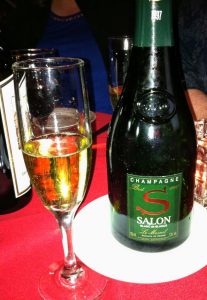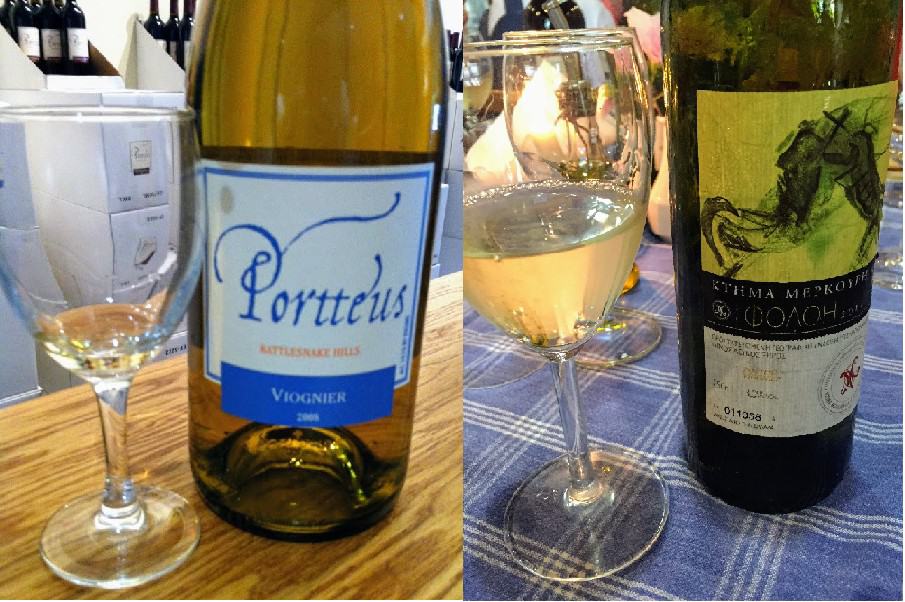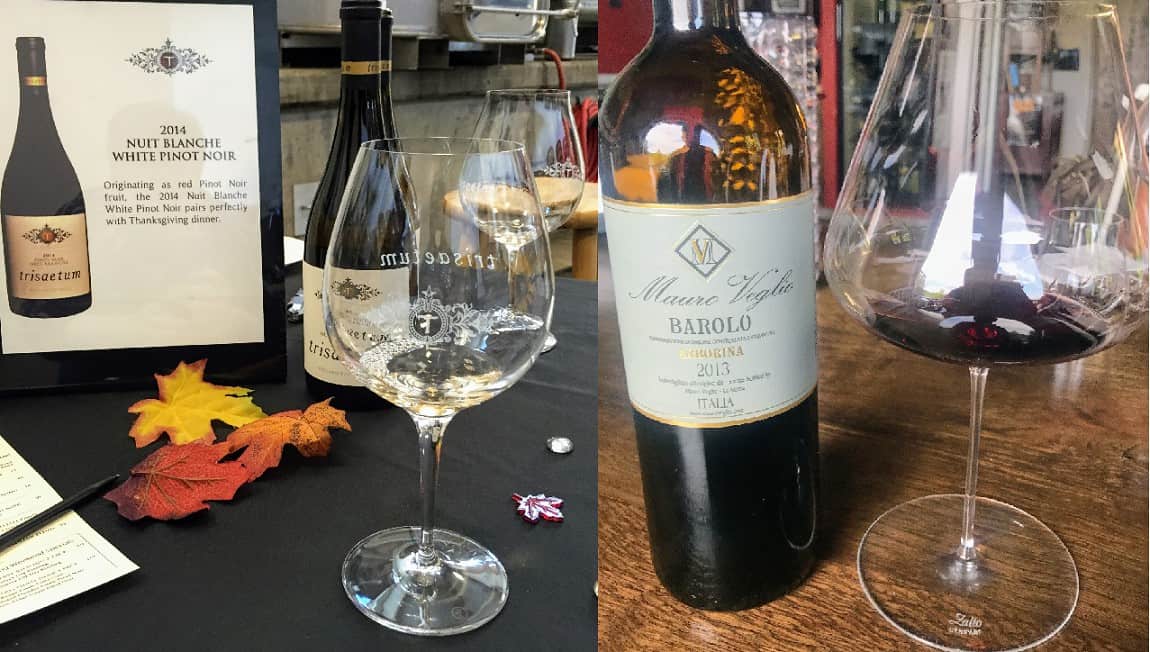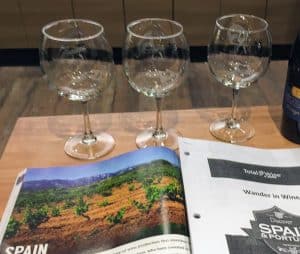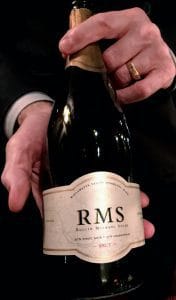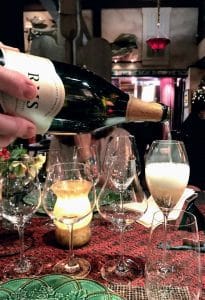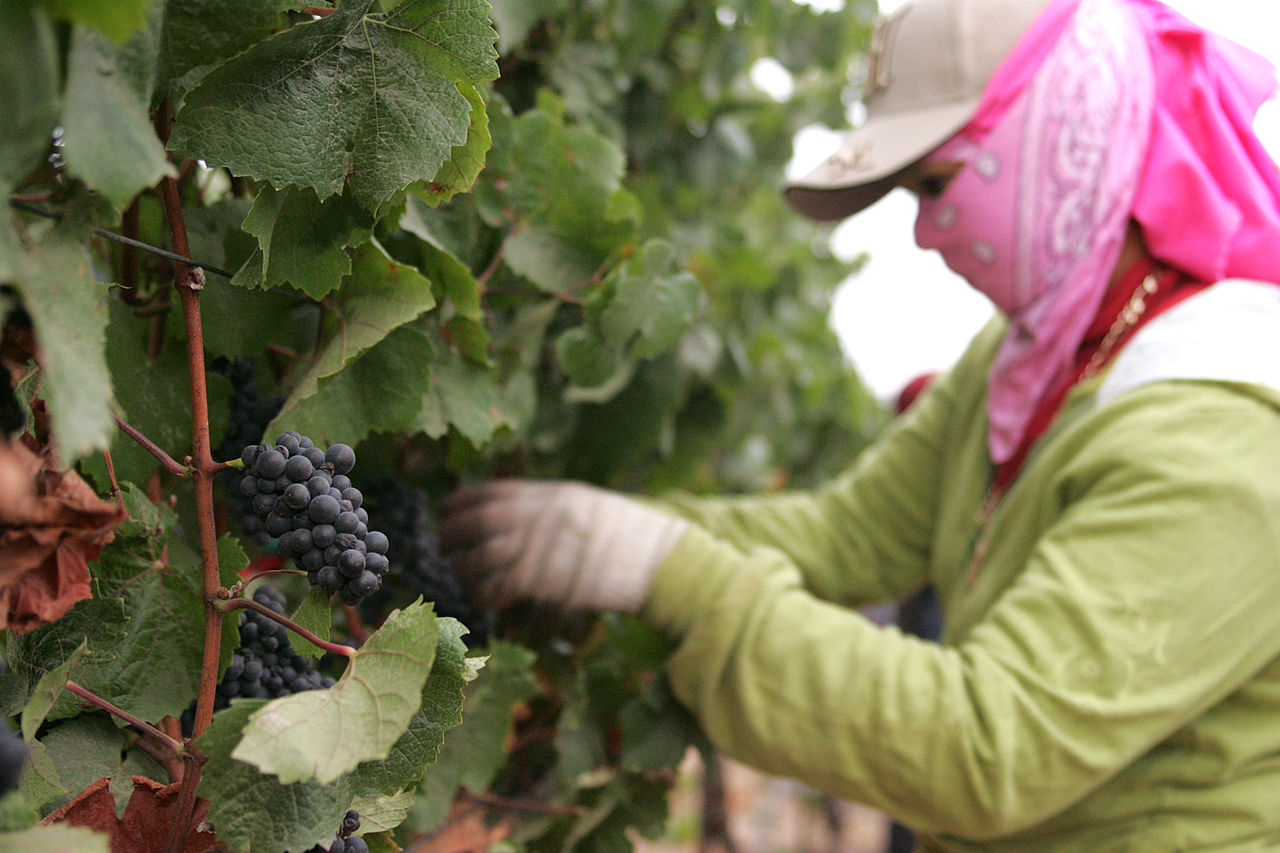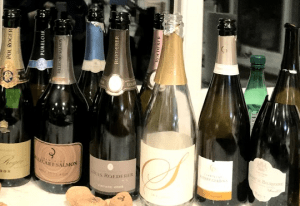It’s been a little over a month since I wrote my post Why Do Winery Instagram Feeds Suck So Much? which garnered some tremendous responses. Many folks have emailed me, including wineries, to share their thoughts.

I was most surprised at the number of wineries that asked me to “audit” their feeds. I have to give them massive credit for seeking honest feedback. It’s effortless to get lulled into the status quo, thinking that if you’re getting an okay amount of “likes” and “shares” that you must be doing good.
The vast majority of responses to my original post has been agreement that, yes, winery Instagram feeds do tend to suck.
But that’s not a universal sentiment. There was one really thought-provoking comment left by an owner of a social media agency that sharply disagreed with my take. You can go to the article to read her six-point comment as well as my reply. I appreciate her contrarian view and suspect that it’s probably shared by quite a few folks who run social media marketing firms.
But while we both agree that “authenticity” is vital, there are a few things about that contrarian view that I just can’t buy into–especially when it comes to marketing to Millennials who are the biggest users of social media.
Brand Awareness: The Be-All, End-All of Marketing?
One of the main points that commentator made was that “Regular pictures of the bottle help to keep the label top of mind is pretty basic, crucial even, to drive awareness and brand recognition- especially for new or boutique wineries.”
Now, I’m not against any pictures of wine labels appearing in social media feeds. My issue with “bottle porn” is the gratuitousness and oversaturation of it. Essentially many wineries take the idea of “Brand Awareness” and drive it off a cliff trying to emulate McDonald’s or Starbucks.
Here’s the thing. Wineries (especially small boutique wineries) are never going to be McDonald’s or Starbucks. It’s silly to take their idea of branding as benchmarks to emulate. People don’t look for the same things from wineries that they do from MacDonald’s or Starbucks. With those latter behemoths, they’re banking on the “top of mind” impulse buy.
I’m hungry. There’s a McDonald’s. You’ve got a Starbucks cup. You know, I could use some coffee.

Don’t mind the bird poop on the sidewalk. It adds street cred.
While you can make a valid argument that supermarket wines need to bank on some of this recognition impulse buying, this is not going to work the same way for a small boutique winery. Seeing a few random bottle porn pics on Instagram is not going to help these wines stand out in the massive wall of wine.
If you’re a small boutique winery playing in the arena of “Brand Awareness,” you’re always going to get trampled underneath the bare feet of the big boys.
Instead, small wineries need consumers who are actively looking to find their wines. They need consumers who are engaged and motivated.
They need intention, not impulse.
Brand recognition only gets you so far. Relationships will take you further.
The goal of small boutique wineries should not be “top of mind.” You’re never going to achieve that. But you can most definitely squeeze a little place in the hearts of consumers who feel connected to your wines because they feel like they know you and know a part of your story.

If you’re expecting to win the “Battle of the Wine Wall” with brand awareness and bottle porn, then you’ve already lost and dragons won’t help you.
That should be the goal of every winery’s social media strategy–building the relationships that consumers have with their brand.
Saturating your feed with nothing but bottle pics and fake poses doesn’t give the consumer anything to connect with. It doesn’t tell us anything about the people and places that makes a wine worth finding. There is no motivation to want to search online, get in a car, visit a store or winery.
It’s just…porn. Pretty pictures. A cheap thrill. Well, maybe not so cheap for the wineries that pay beaucoup bucks to marketing firms for the staged photoshoots.
So how can wineries inspire (good) intention on Instagram?
Well, the first thing you should not do is to treat your social media like “one big commercial.” Just no. Don’t.
This is especially vital if your winery is trying to capture the attention of Millennials. Because, if you haven’t heard, Millennials hate ads. Like we really, really, really hate them.
Now sometimes we’ll allow the subtle stuff, which is where the “bottle porn phenomena” got its start. But eventually too much is too much and all the subtlety is lost. Then you start venturing into the area where we feel like you’re ruining our social media experience.
Instead of putting you “top of mind,” you’re moving to the top of our shit list. That’s inspiring a bad kind of intention. I’m not kidding. Ask any Millennial you know and they’ll name a few brands that they absolutely refuse to buy because of how annoying their advertising is.
For me, Jared and Coit Cleaning can go to hell.

Maybe this is why Millennials are supposedly killing the diamond industry? So that no one will ever talk about going to this godforsaken store again. I’ve never set foot in here and never will because of their annoying ads.
And, honestly, while I wouldn’t say that they’re on a “shit list,” there are several wineries that have completely zapped any enthusiasm or interest I had in finding their wines simply because of how boring and porn-saturated their IG feeds were. It’s not like I would adamantly avoid their wines, but with so many other options competing for my wallet, “Why bother?”
That’s what you have to remember. There are so many other options competing for your consumer.
The ones that are going to get their attention are the ones that give them a reason to bother. For a demographic that craves connection and engagement, you have to meet them where they’re at.
You have to enhance their social media experience, not ruin it. Show us something interesting and engaging.
Show us something like Grgich Hills which lets visitors stomp grapes during harvest.
Or Long Meadow Ranch which, during Pride Month, subtly let all its followers know that everyone is welcomed there without nary a rainbow flag or pinkwashing in sight.
Show us some history like Charles Krug Winery or Buena Vista in a way that lets us know that we can take part in that history.
Share what makes you unique even if it’s your passions outside of wine like the art of James Frey of Trisaetum or beekeeping at Spottswoode.
Or just share your geeky love of doing what you do like what comes through in every IG post by the Mullineux family.
Show us your people because that is the one thing that most sets you apart from every other winery. From the vineyard workers, to harvest interns, the winemaking team, hospitality, everyone–they each put their own unique imprint on your wine.
I raved about this on Twitter during my #WineMktMonday chat, but I absolutely adore this IG post from Côte Bonneville.
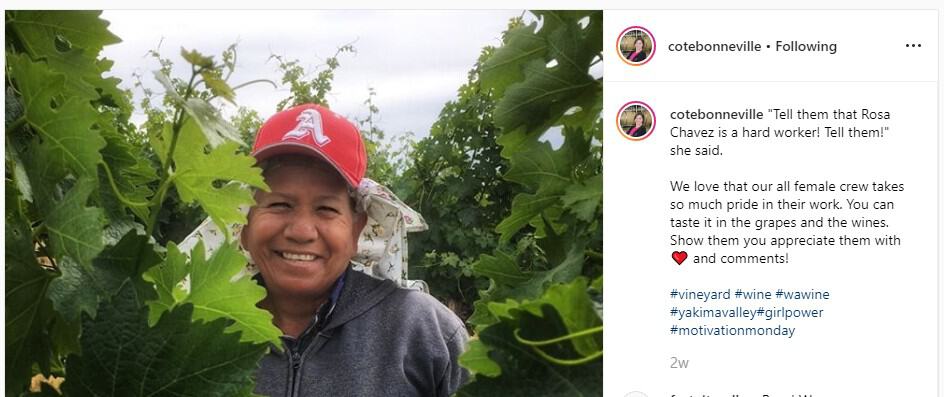
Rock on, Rosa! You better believe that I’m going to find some Côte Bonneville wine (like their gorgeous DuBrul Cab or crackling off-dry Riesling) to toast to her and the Côte Bonneville team’s efforts.
Heck, show us their family like this excellent post that Frog’s Leap Winery did to highlight a proud papa moment of one of their cellar crew.
And, well, cute animals never make a bad post. Seriously, you have to look at these baby sheep at Hanzell!
Now if you look at the IG accounts for all of those wineries, yeah, you’re going to see some bottle shots.
But their PPP ratio (People:Places:Porn) is far healthier than what you see on most winery Instagram accounts. And every single one of them gives me a reason to pay attention–a reason to feel a connection to their brand.
As a consumer, those kind of IG posts motivate me to seek out their wines with intent. They’re not crossing their fingers and hoping that brand recognition and impulse blows customers into their tasting rooms like tumbleweeds. Instead, they’re creating the wind that’s doing the moving.
Bottom line: People are always going to be better than bottle porn.
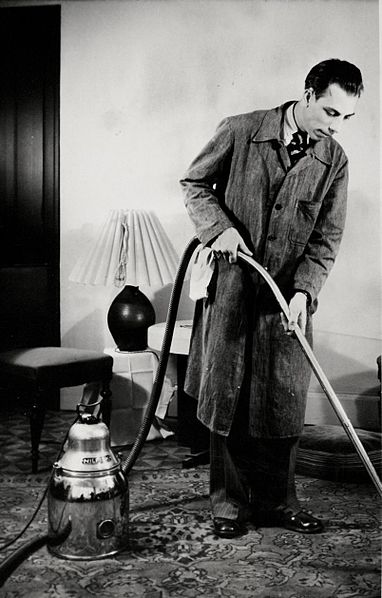
Maybe we need to get him frolicking on the beach? That should score some “likes”!
A consumer is always going to be able to make more of a connection with a real, living breathing person than an inanimated wine bottle. Every time. Everywhere.
You’re not selling vacuum cleaners. We don’t need to know all the products and features. But a HUGE part of wanting your wine is driven by knowing you. After all, the wine is a product of the passion and people behind it.
While I respect the hard work and effort of marketing firms, and I’d like to think that their hearts are in the right place, I need to be brutally blunt here.
If the people you’re paying to market your wines are telling you that you need to treat social media like “one big commercial,” then you’re wasting your money with them.
Yes, I’m sure they can point to plenty of metrics showing how many “likes” or “shares” and “comments” that a fancy, professionally shot and beautifully curated spread has. But tell me this…
Can anyone buy your wine with a “like”? With a “share”? How many comments of heart-eyes emojis can you point to that turned into real customers motivated to seek out your wines?
I’m not saying that metrics aren’t important. But they can be overstated. Ultimately the question that every winery should ask about their social media strategy is:
Do I want to chase likes and shares, or do I want to chase connections and sales?


